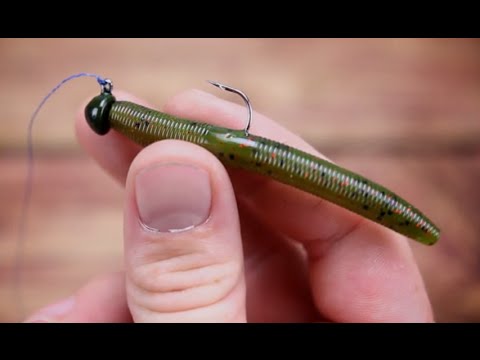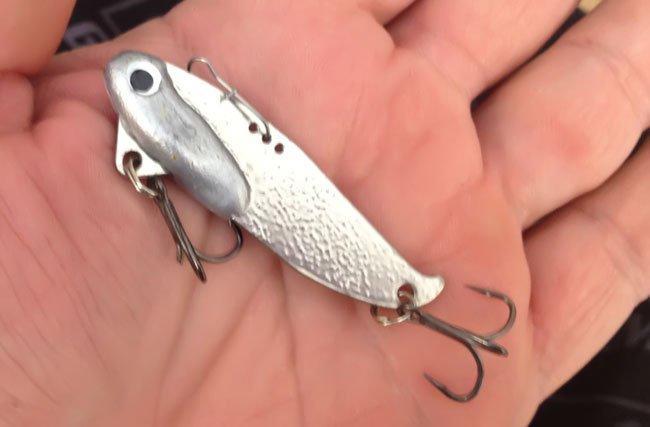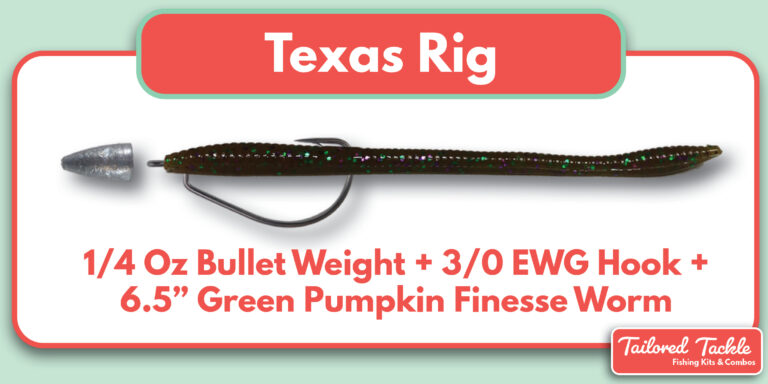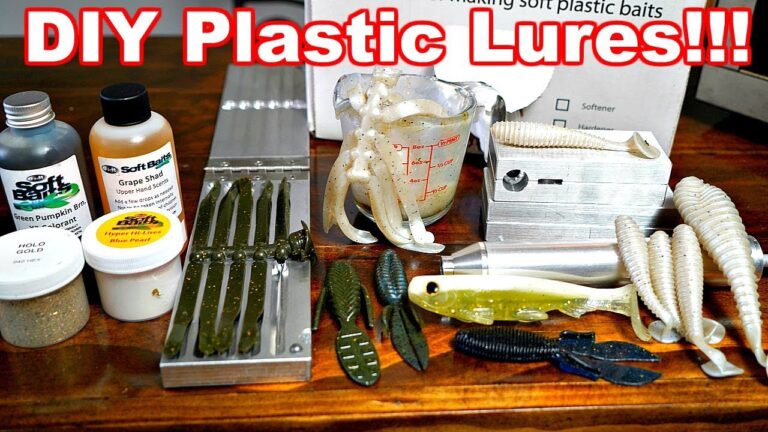How to Rig a Rubber Worm
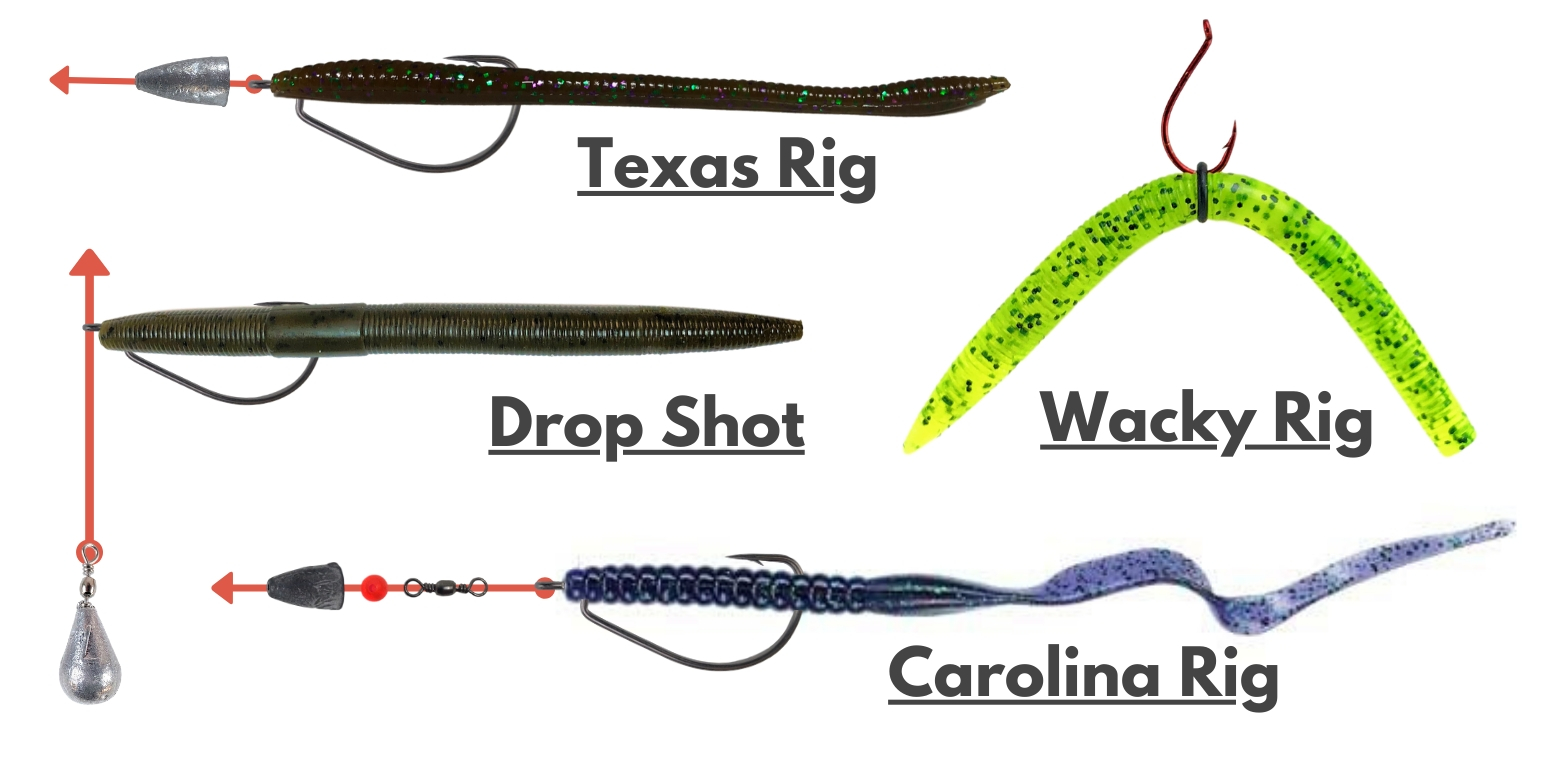
To rig a rubber worm, simply insert the hook through the center of the bait. This allows the worm to move naturally in the water.

Credit: www.wikihow.com
Introduction To Rigging A Rubber Worm
Rigging a rubber worm for fishing involves properly setting up the bait to attract fish. The process of rigging a rubber worm means preparing it for use on a fishing hook. This technique offers several benefits, such as mimicking natural prey and increasing the likelihood of catching fish. Properly rigged rubber worms can effectively attract and entice various fish species, making them a popular choice for anglers. Additionally, rigging a rubber worm allows for versatility in fishing techniques and strategies, catering to different fishing environments and conditions.
Types Of Rigs For Rubber Worm Fishing
The Texas Rig is one of the most popular and effective rigs for rubber worm fishing. It involves inserting the hook into the head of the worm, then threading the worm onto the hook so that the hook is hidden. This rig allows for a weedless presentation and is great for fishing in heavy cover.
The Wacky Rig is a simple and effective way to rig a rubber worm. It involves hooking the worm through the middle and letting it hang freely. This rig creates a unique action and can be deadly for catching bass.
The Shaky Head Rig is a finesse technique that involves rigging a rubber worm onto a specialized jig head with a small exposed hook. This rig allows the worm to stand up off the bottom and shake enticingly, mimicking a wounded baitfish.
The Drop Shot Rig is a versatile rig that is great for fishing in deeper water. It involves rigging the rubber worm above a weight and letting it suspend off the bottom. This rig allows for precise presentations and can be effective for targeting finicky fish.
The Carolina Rig is a popular rig for covering a lot of water and searching for fish. It involves rigging a rubber worm onto a leader with a swivel and a weight, allowing the worm to move freely. This rig is great for fishing in open water and can be effective for catching bass and other species.
Choosing The Right Size And Type Of Hook
Choosing the right size and type of hook is crucial when rigging a rubber worm for fishing. When it comes to the size of the hook, it depends on the size of the rubber worm you are using. For smaller rubber worms, opt for a smaller hook, such as a size 2 or 3. For larger rubber worms, go for a larger hook, like a size 4 or 5. Additionally, consider the type of hook that best suits your fishing style. There are various types of hooks available for rubber worms, such as offset hooks, straight shank hooks, and weighted hooks. Each type has its own advantages, so choose the one that matches your fishing technique and the type of fish you are targeting. Experimenting with different hook sizes and types can help you determine the most effective setup for your rubber worm rig.
Step-by-step Guide To Rigging A Rubber Worm
Rigging a rubber worm for fishing can be a rewarding experience for any angler. It’s important to prepare the worm by ensuring it is straight and free of any twists or kinks. When inserting the hook, make sure to position it in the center of the worm to maximize its effectiveness. Concealing the hook within the body of the worm is crucial for a natural presentation that entices fish to strike. There are various fishing techniques to consider when using a rigged rubber worm, such as the Texas rig, wacky rig, or drop shot rig. Additional tips and tricks include choosing the right size and type of hook, as well as adjusting the rig based on the targeted fish species and the fishing environment.
Best Rubber Worms For Bass Fishing
Rubber worms are one of the most effective baits for bass fishing. They are lifelike and can fool even the smartest of bass. When it comes to choosing the best rubber worms for bass fishing, there are a few options that stand out. The Yum Dinger, Yamamoto Senko, Yamamoto Yamatanuki, and Googan Baits Mondo Worm are all excellent choices. These worms have a realistic action in the water and are available in a variety of colors. It’s important to pick the right size hook when rigging a rubber worm. You can use a Texas rig, wacky rig, shaky head rig, or Carolina rig depending on your fishing style and the conditions you’re fishing in. To rig a rubber worm, simply slide it onto the hook, making sure it is straight and secure. Once rigged, you can cast it out and retrieve it with a slow and steady motion. Experiment with different retrieves to find what works best for you. So next time you’re out on the water, don’t forget to rig up a rubber worm and catch some bass!

Credit: fishnatics.com

Credit: www.wired2fish.com
Frequently Asked Questions For How To Rig A Rubber Worm
What Kind Of Hook For Rubber Worm?
To rig a rubber worm, choose the appropriate hook size for bass fishing, such as offset hooks for Texas rigs or straight shank hooks for wacky rigs. Conceal the hook by making an entry point in the worm and rig it straight and weedless.
Avoid common mistakes and consider different rigging techniques like the Texas rig, wacky rig, or Carolina rig. Successful setups include using plastic worm brands like Yum Dinger, Yamamoto Senko, or Googan Baits Mondo Worm.
What Is The Best Setup For A Plastic Worm?
The best setup for a plastic worm is the Texas Rig. It involves threading the worm onto a hook, then burying the hook point into the body of the worm. This rig allows for weedless fishing and is effective for catching bass.
What Is The Best Way To Put A Worm On A Hook?
To put a worm on a hook, follow these steps: 1. Jab the tip of the hook straight through the middle of the worm. 2. Let the top and bottom halves of the worm hang freely to the sides.
How Do You Rig A Texas Worm?
To rig a Texas worm, follow these steps: 1. Insert the tip of the hook straight into the middle of the worm. 2. Let the top and bottom halves of the worm hang freely to the sides. 3. Optionally, you can slide the worm up the hook toward the eye, twisting it around the hook wire.
4. Remember to use a suitable hook, such as the ones with a push pin, for the best results.
Conclusion
Rigging a rubber worm can significantly enhance your fishing experience, regardless of the fish you’re targeting. Learning and mastering different rigging techniques can elevate your success on the water. By understanding how to rig a rubber worm straight, wacky, or Texas-style, you can adapt to various fishing conditions and entice more bites.
Experimenting with different setups and presentations will ultimately lead to a better angling experience. Happy fishing!
